Test Drive: 2015 Volvo V60
Behind the wheel of the brand’s new sport wagon featuring the fully redesigned Drive-E engine

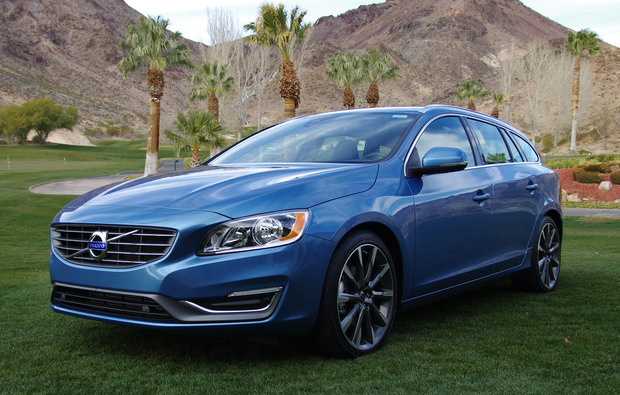
For fans of Scandinavian automotive engineering, the past few years have been rocky to say the least—with Volvo‘s future uncertain after ownership changes and Saab declaring bankruptcy and ceasing production. Recently however the Swedish auto industry has taken a serious upturn. Saab reopened its production facilities in December of 2013 and Volvo is once again majority Swedish-owned. After a promising concept unveiling in August of 2013 that revealed the brand’s future design philosophy, we jumped at the chance to get behind the wheel of the iconic brand’s offerings for 2015. Volvo is known for their wagons and, after a successful run in Europe, the V60 brings the brand to center-stage around the globe for performance and efficiency—with an eye on the future.
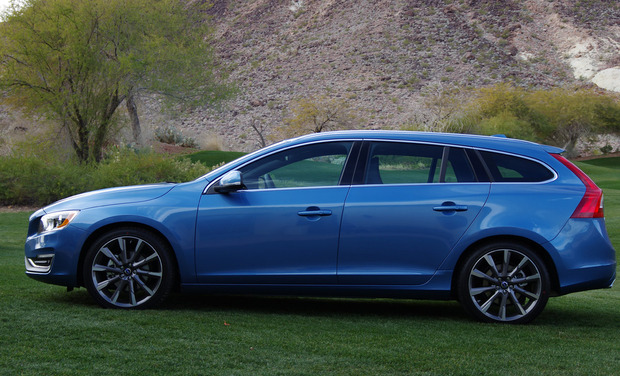
The first thing viewers notice about the V60 is its sleek lines. This is not the boxy grocery-getter that made the Gothenburg-based brand famous in the US (though older wagons will always hold a special place in our hearts). From the nose of the car to the rear wheels, it shares its architecture with the sporty S60 of the same class—a broad, confident grille boasts an enhanced Volvo logo while still paying homage to the brand’s design history. While the boxiness is gone, Volvo hasn’t gone the way of some carmakers by smothering all lines into a rounded off, character-less mass. Instead, edges are present and intelligently distributed, with the rear of the car tapering into a neat rectangle. In essence, the V60 sport wagon looks a more natural shape than its classmate sedan the S60, though both cars exude Scandinavian sophistication from the outside.
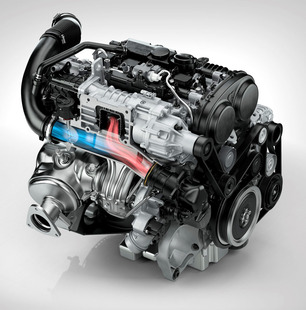
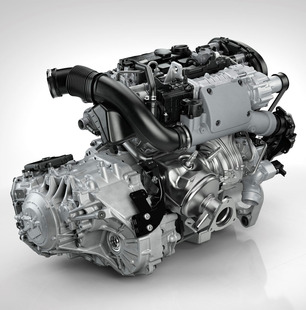
It would be remiss to not discuss the changes under the hood before hopping in the car and hitting road. Over the past few years Volvo has undertaken a massive engineering redesign of their engine known as the Drive-E, and the 60-class is the first line of vehicles to hit the road with the new technology. Seeking to simplify both production and maintenance as well as improve power and efficiency, Volvo plans to have all of its vehicles running on one of two engine types—all at four cylinders. While this may sound like Volvo is compromising power for efficiency, they’ve actually managed to engineer the best of both worlds.
Using the new Drive-E engines, Volvo has created the most efficient output of power versus emissions in its class. Two engine types are currently on offer for the v60, the T5 and T6, meant to replace the five-cylinder and six-cylinder engines respectively. Engineers accomplished more power by pumping more air and thus more fuel into combustion using a turbocharger in the T5 and adding supercharger to the T6. In short: a smaller engine, better engineered offers the same amount of power at greater efficiency.
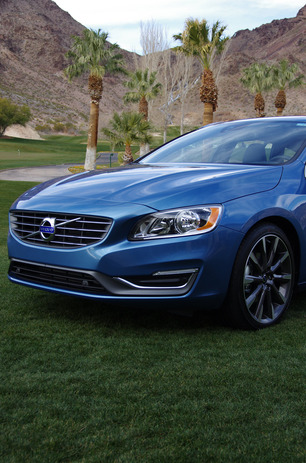
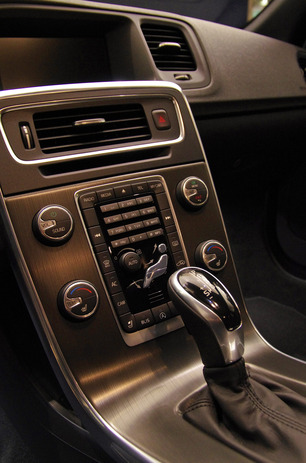
We tested the T5 version of the Swedish power wagon in an anything but discrete bright royal blue—a color that would stand out if we weren’t cruising the Las Vegas strip and surrounding Valley of Fire park. At first we were wary of the power output from the new engine architecture; concerned that the turbo would provide power, but lack soul. After a quick jump off an early red light concerns were put to rest—the Drive-E system both feels and performs like a much bigger engine.
Out on the winding desert roads of the Valley of Fire, the car’s superior handling ability stepped in. Sport suspension and a tight turn radius makes the V60 a joy to drive and a perfect city car. The sport system and paddle shifter allow for more control and will be a driver’s best friend when looking for a thrill and to push the turbo to the max. Shifting through eight gears takes a bit of getting used to (unless your normal ride is a supercar) but it’s a small price to pay for 37 miles per gallon on the highway. Offering a smooth and surprisingly quiet ride for a car in its class, the V60 is both comfortable and efficient on space. Not lacking in headroom, legroom or cargo space, the V60 is a car that begs to be used—not kept in pristine condition. Ergonomically designed seating encourages good posture while supporting the shoulders and lower back. An intuitive navigation, entertainment and climate control system puts a focus on simplicity and user interface with easy Bluetooth pairing and full steering wheel controls.
Keeping up with its reputation for safety, the V60 is packed with features that extend beyond the stellar crash rating. An optional package provides lane assist that gives the driver light haptic feedback upon drifting out of the lane. The very same camera reads street signs and inputs speed limit signs along side the speedometer as soon as they are passed—making speeding an easy habit to rectify. Further, the system detects the driver of other cars in the vehicle’s blind spots and warns the driver of cars rapidly approaching from behind. Additional safety add-ons include a cyclist and pedestrian detector with auto braking, geared especially toward urban drivers.
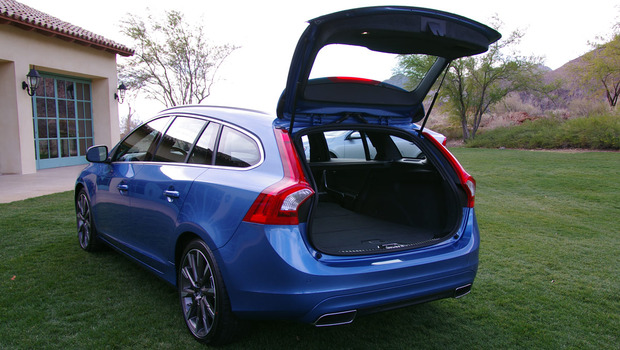
With the advent of the new Drive-E engine architecture Volvo is reinventing both its automotive and business identity. From a design perspective the brand is set on maintaining its Swedish aesthetic, staying true to its commitment to performance, safety and sustainability—all while appealing to a global market. Future plans include bringing over plug-in hybrid models from the European market with electric-only engine architecture already built into the existing Drive-E design. Volvo has set the bar high with its latest V60 sport wagon, that is especially surprising given its relatively low starting price point of $35,300. This is not only a car to love, it’s a car and brand to believe in.
Engine image courtesy of Volvo, all other photos by Hans Aschim












